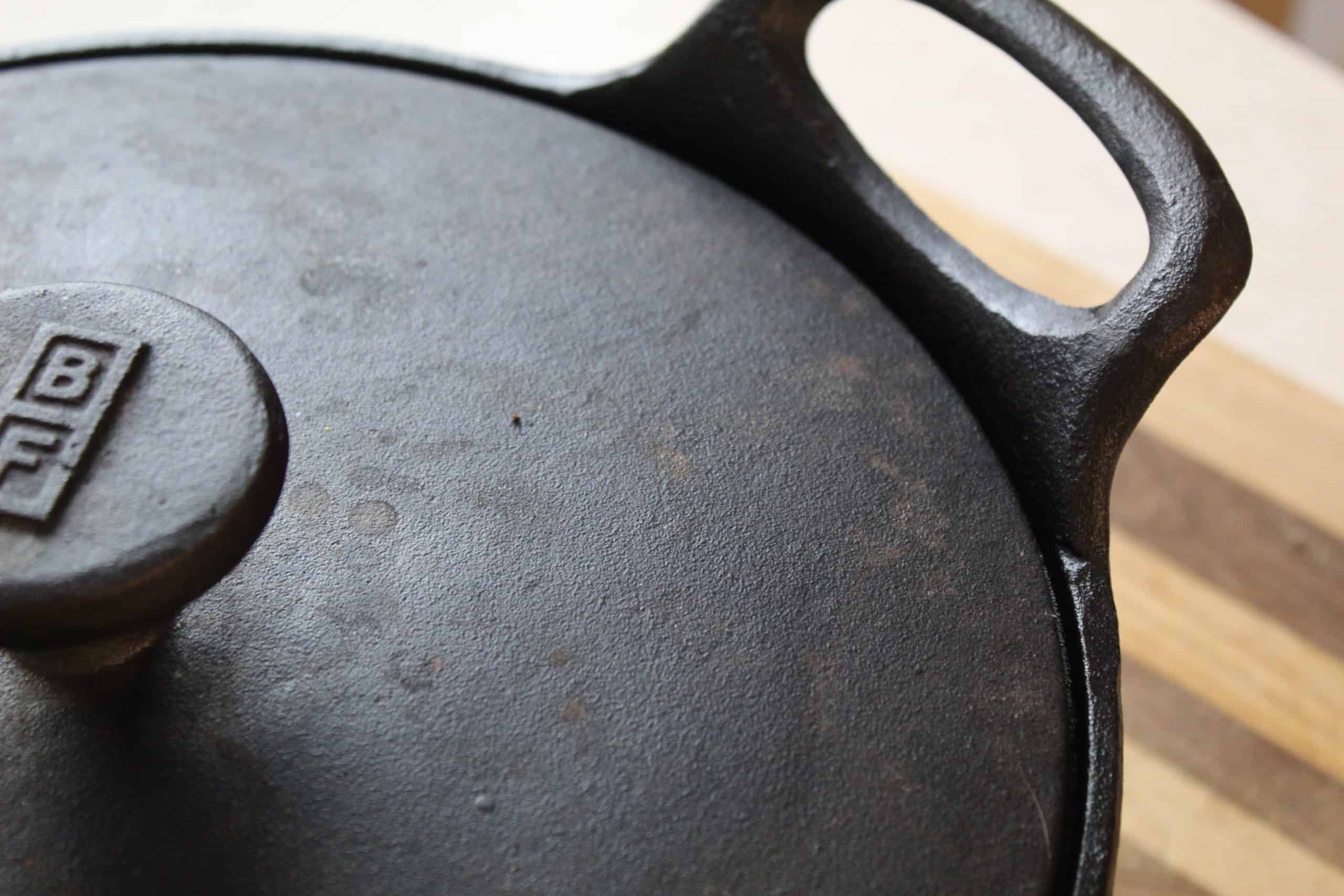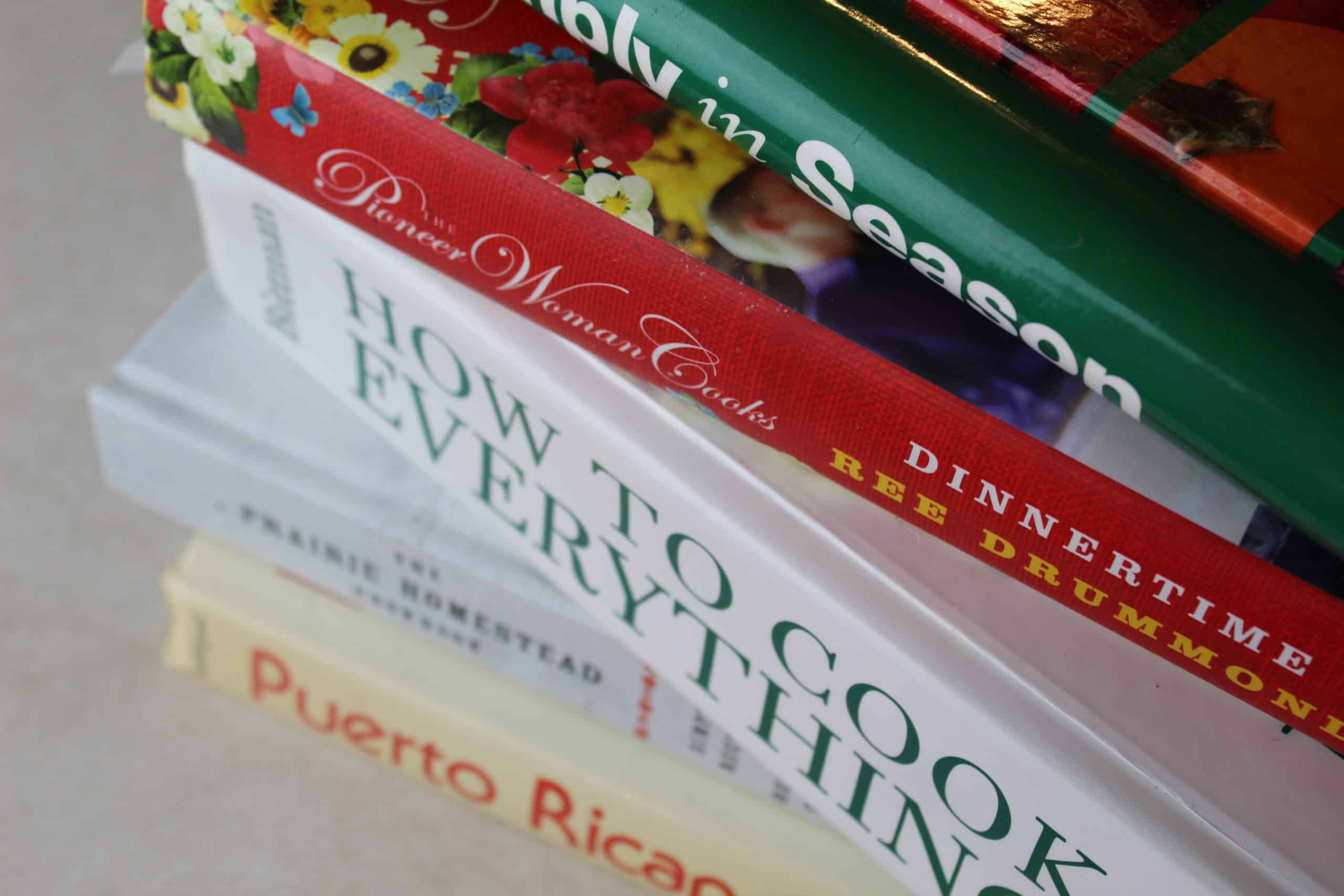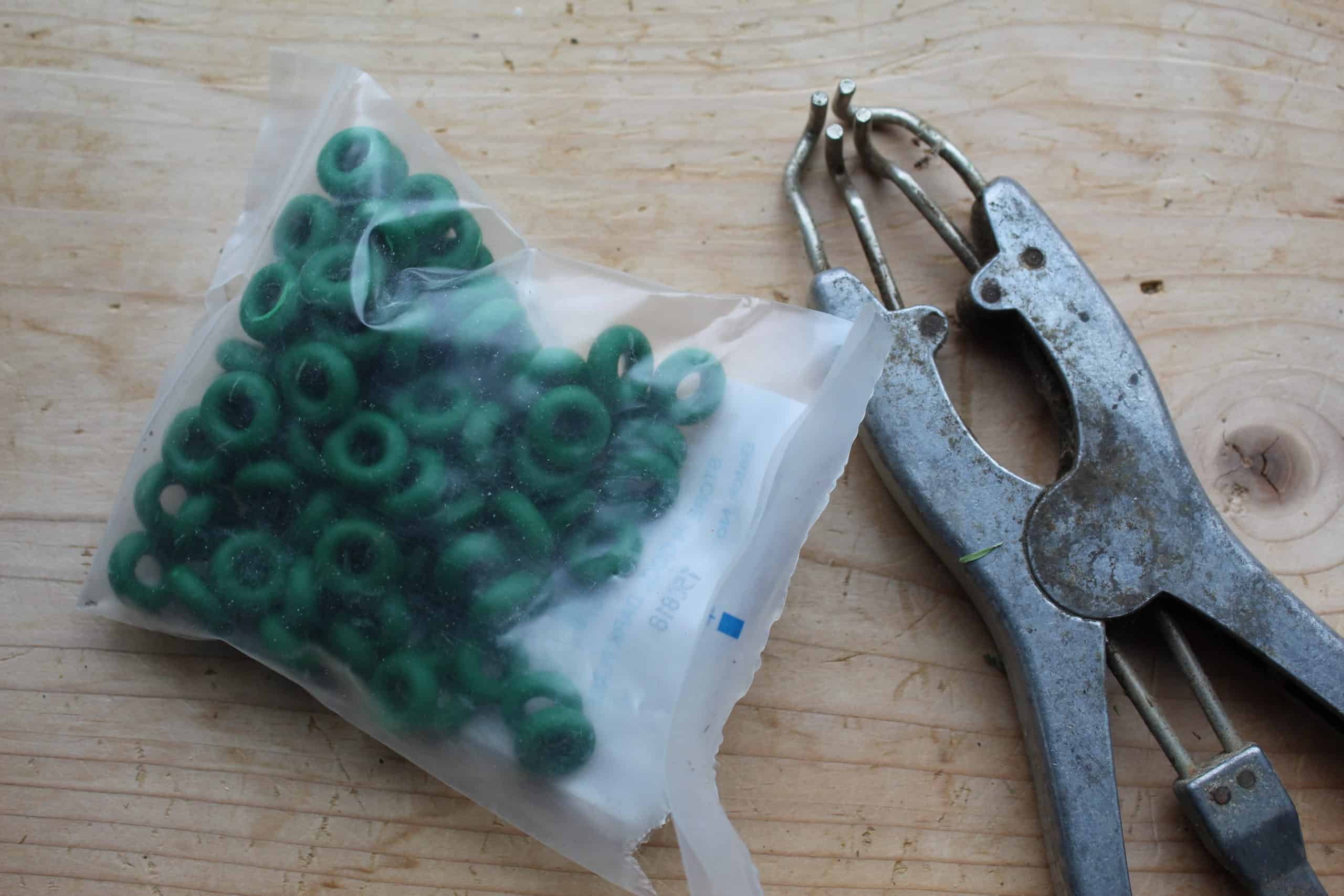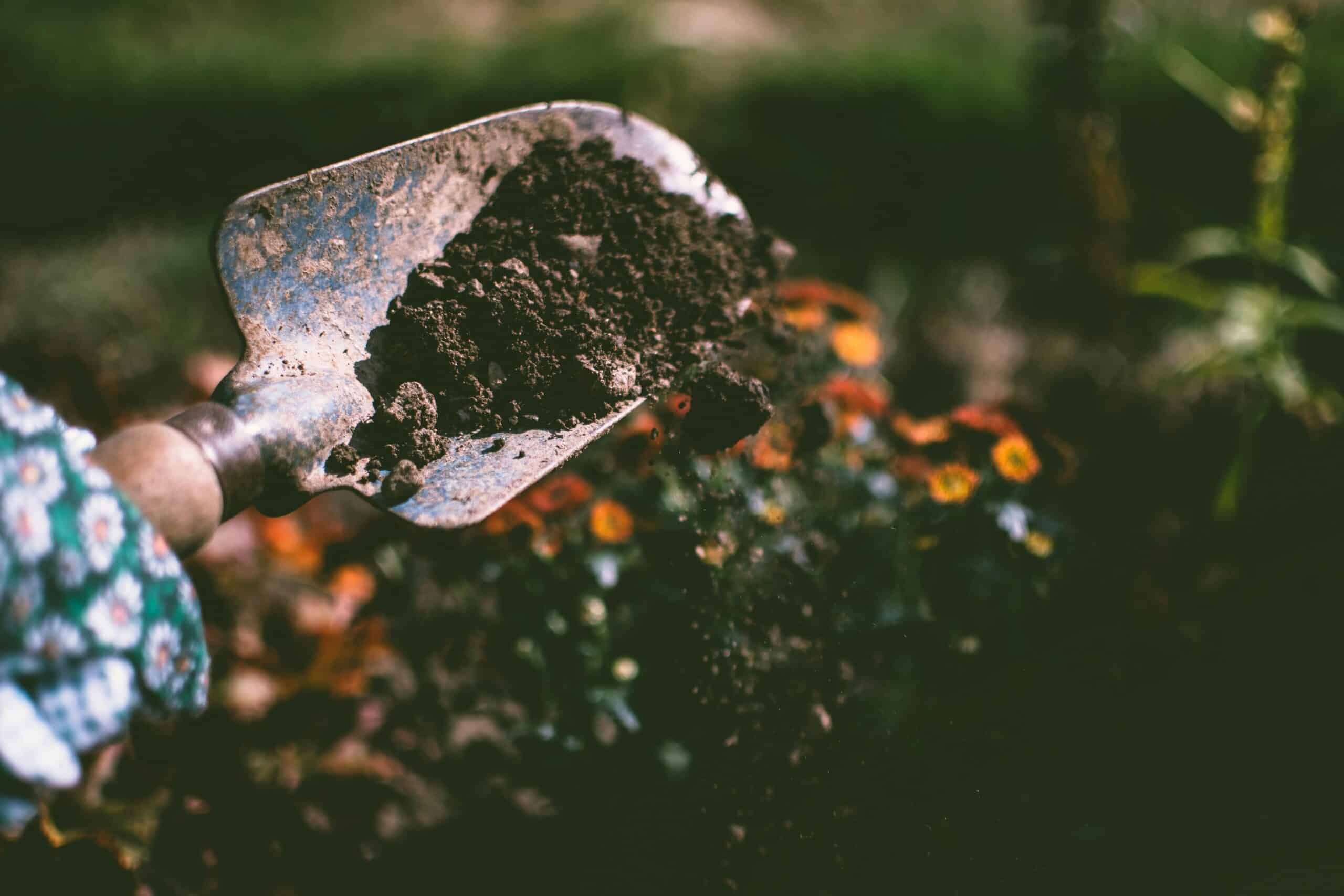How to Take Care of Chicks
Chickens are more popular than ever and many folks are diving into chicken ownership for the first time. Here’s a quick and easy guide on how to take care of chicks.
Brooder
A brooder basically refers to your entire chick care set up. The sky is the limit as to what will work for this. We have an old rabbit hutch that works well. Side note: If you happen to come across a rabbit hutch at a garage sale for a decent price, do yourself a favor and scoop it up. We use ours for housing chicks, as an isolation pen if a chicken gets sick or injured, and it works well as a brooding pen if you want to let a hen set eggs.

Whatever you choose, the sides will need to be about a foot high and you will need a cover of some kind. After only a few days your chicks can get a good running leap with the assistance of their growing wings. They can flap themselves up surprisingly high.
Stock tanks work well because they have rounded edges and prevent chicks from piling in corners, which is a suffocation risk. I’ve seen straw bales stacked in a circle work well, or heck even a sturdy cardboard box will do fine.
Keep in mind that chicks grow quickly and by three weeks at most you might need to upgrade to a larger play pen.
When they Arrive
Take each chick and dip their beaks (don’t go past their nose holes) in water to make sure they get a good solid drink. Some folks say this isn’t necessary but it isn’t going to hurt anything and will only take a few minutes.
This post contains affiliate links, which means I make a small commission at no extra cost to you. See my full disclosure here.
Food and Water
There are chick sized feed and water dispensers that you can pick up for less than five bucks. If you have extra regular mouth quart jars rolling around you can buy just the tray part for around $2.00.
You’ll want to feed your chicks a “chick starter”. This should be readily available at your local fleet supply store or feed mill. If you chose to have your chicks vaccinated, be sure to buy un-medicated feed. If you feed the medicated to chicks who have been vaccinated, the two cancel each other out. You can read more about chick vaccinations in my How to Order Chicks post.
Chick starter can be fed up to six weeks or when your birds start laying. We typically feed ours starter until they are big enough to go with our older birds, then they all eat the same ration. While you can temporarily get away with laying hens eating starter ration, do not feed your chicks a layer ration. There is too much calcium in the layer ration and it will adversely affect your chicks.
Check your chick’s water daily. I typically will put a wood block under their feed and water. This will elevate them just enough to keep wood chips from clogging them up.
Some folks like to add a tablespoon of apple cider vinegar to their water to help their chicks establish a healthy gut. I don’t know that there is scientific evidence to back up the practice but it’s something you can try.
Bedding
Wood shavings are probably the most popular bedding for our chicks. It is inexpensive and makes for a nice compost after the fact. Shredded paper or leaves are other options. For the first few days after we get our chicks we put a layer of paper towel over the shavings. This prevents the young and hungry chicks from eating a bunch of wood shavings. Again, some folks say this isn’t necessary but why take the risk?
Heat
If born naturally, chicks would be snuggled up under their mama most of the time. Last year our hen, Maria, was broody so we let her hatch a few chicks and it was the most adorable thing ever.

With out a mama hen you need a heat lamp to provide warmth. There are other options you can buy if you plan to raise many chicks in the future, but a heat lamp is a good and affordable starting option. You will want a 250 watt bulb, red is best. Make sure your heat lamp has a protective wire on the bottom to prevent fires if it were to fall.
The chicks will want to be about 95-98 degrees that first week or so. Each week after as their feathers come in, you can decrease the heat by about five degrees.
You can keep a thermometer in the brooder with your chicks, or just pay attention to their behavior to see if less or more heat is needed. It should look like a day at the beach in there. Some chicks resting under the warm lamp, others off getting a drink, some out exploring.
If all your chicks are crowded in a huddle under the lamp, it is too cold. Lower your lamp a little or check your bulb wattage.
If the chicks are all spread out to the edges as far from the heat as possible, it is too hot. Raise your lamp.
Things to Watch for when Taking Care of Chicks
Pasty Butt
This looks look a gray toothpaste stuck on the little butt of your chicken. Pasty butt can happen from stress, dehydration, or other factors. It’s not uncommon with chicks but it can be dangerous. That paste will gum up their works and not allow their system to work properly.
To remove it, soak a towel in warm water. Gently press it to your chick and carefully loosen and work the paste away. Never pick and pull it off the chick. The dried material can be attached to the inside of your chick and pulling it might cause fatal damage. Make sure to dry your chick thoroughly after with a soft towel.
Sickly Chick
When you are taking care of chicks you will likely come across a sickly chick. A sickly chick is easy to identify. They aren’t moving around much, their eyes might be closed. Very sick chicks will lift their heads and open their beaks like they are taking a breath of air, then lower their head down with their eyes closed. I will say that any chick I have found doing the lifted head breathing has not survived.
Still, if you have a sickly chick there area few things you can try.
- Isolate the chick. Chickens can be ruthless and the others chicks will pick on it if they can tell it is weak. Set up a mini brooder for it with their own heat lamp. Food and water can be left in there when the chick becomes more vigorous but be careful that the water isn’t a large enough surface area it can drown. A pop bottle cap is a good option.
- Help the chick drink. Gently holding the chick, dip their beak (not past their nose) in the water. Tip them upright so they can swallow. Do this a few times, then let the chick rest.
- Provide Heat & Gentle Stimulus. We had a weak chick that I held up to a heat lamp and very gently stroked its head and chest. The extra warmth really seemed to help invigorate the little gal and she ultimately made it. Be cautious you don’t overheat the chick. It should feel warm to your hands but not uncomfortably hot.
Despite your best efforts, it is not unusual to lose a chick. Mail order chicks especially go through quite the ordeal to get from their hatchery to your door. Most hatcheries will guarantee their chicks for 24-48 hours, so be sure to reach out if you have a loss.
Funky Feet or Splayed Legs
Chicks can sometimes get a damaged toe in transit. You can help reset it with medical tape. Simply set their little foot on a piece of tape with their toes arranged as they should be. Place another piece of tape over top and you are set. Make sure the tape isn’t too big a piece or it may hinder their walking.
If you have a chick that looks like it is doing the splits, you have splayed legs. You can create an easy hobble for them using a band-aid. Wrap one end of the band-aid around the first leg, and the other end around the opposite leg. Fold the band-aid in half in the middle so there are no sticky bits. Give it a bit of a trim with scissors to make it thinner and less bulky.
Chick Supply List
Here’s a quick checklist for all the supplies you’ll need to take care of your chicks.
- Brooder a.k.a. pen to contain them
- Heat lamp
- Red 250 watt heat lamp bulbs (2-3 of them)
- Chick sized waterers (2-3 of them)
- 2-3 Chick Sized Feeder
- Chick Starter feed
- Bedding
- Wood block to set feed and water on
Safety
When taking care of chicks make sure you take care of you, too! Please make sure your heat lamp is secure and has a guard on. Always wash your hands thoroughly after handing chicks or their supplies.
Shop this Post
Your local Fleet supply store will have everything you need. If you prefer to buy quick and easy here are some more options for you.
Watch & Learn
If you want to learn more about raising other types of poultry, I highly recommend Gail Damerow’s book Hatching & Brooding Your Own Chicks.
Pin it for later!









We just got our first chicks EVER today! I’m referencing this post and it’s helping so much. Thanks for sharing! <3